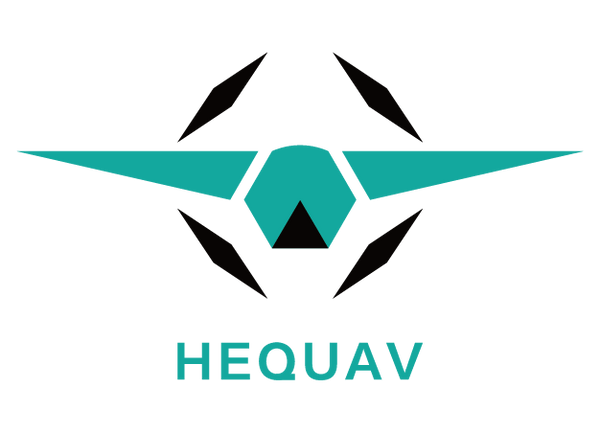With the rapid development of drone technology, fixed-wing drones have become a preferred tool for inspection tasks due to their high efficiency, wide coverage, and strong stability. This article takes the HEQUAV Swan-K1 Trio 640 fixed-wing drone as an example to explore its advantages and applications in inspection missions.
Advantages of Fixed-Wing Drones
Compared to multi-rotor drones, fixed-wing drones offer the following notable features:
Wide Coverage: Fixed-wing drones consume less energy, allowing them to cover long distances, making them suitable for large-scale inspections.
Strong Wind Resistance: Aerodynamic design enables stable flight even in adverse weather conditions.
Advanced Sensor Support: The Swan-K1 Trio 640, for example, is equipped with a high-performance thermal imaging camera with 640×512 resolution and precision sensors, excelling in complex missions.
How Inspection Missions Are Achieved
Smart Route Planning
For inspection tasks, the Swan-K1 Trio 640 allows pre-flight route planning via a ground control station, including flight altitude, speed, and coverage areas. With one-click takeoff and landing, it simplifies operations, especially for automatic navigation in challenging terrains.
High-Resolution Thermal Imaging
Featuring a 640×512 thermal imaging camera, the Swan-K1 Trio 640 quickly detects temperature anomalies during inspections. For instance, in industrial equipment inspections, it identifies hotspots, providing critical data for maintenance.
Mid-Range Flight Endurance
While fixed-wing drones are known for long endurance, balancing task complexity and portability is crucial. The Swan-K1 Trio 640 supports up to 50 minutes of flight per session, covering extensive inspection areas and facilitating multi-drone collaboration for larger missions.
Real-Time Data Transmission
With support for various communication protocols, the Swan-K1 Trio 640 ensures real-time transmission of thermal imaging and flight data to ground control stations. This capability enables swift responses to unexpected situations.
Typical Application Scenarios
Power Equipment Inspection
Power facilities are often located in remote areas, making manual inspection costly and inefficient. The Swan-K1 Trio 640 leverages thermal imaging to quickly identify equipment faults, particularly under conditions like high temperatures or nighttime where manual efforts are limited.
Industrial Facility Monitoring
In high-risk industrial environments like petrochemical or chemical plants, fixed-wing drones can detect potential leaks or abnormal temperature zones through thermal imaging, minimizing safety risks.
Infrastructure Inspection
The Swan-K1 Trio 640 also excels in inspecting bridges, tunnels, highways, and other infrastructure. Its high-resolution imaging captures fine structural details, providing precise data for maintenance planning.
Border and Security Surveillance
Fixed-wing drones perform exceptionally well in large-area patrols. The Swan-K1 Trio 640, with its long flight duration and remote monitoring capabilities, can be deployed for border surveillance or large-area protection missions.
Conclusion
Fixed-wing drones are revolutionizing inspection tasks with smart and efficient solutions. The HEQUAV Swan-K1 Trio 640 stands out as an ideal choice for various inspection needs, thanks to its high-resolution thermal imaging, reliable flight endurance, and precise flight control.
As technology continues to evolve, fixed-wing drones will unlock more potential across industries, enhancing efficiency and safety in diverse applications.

